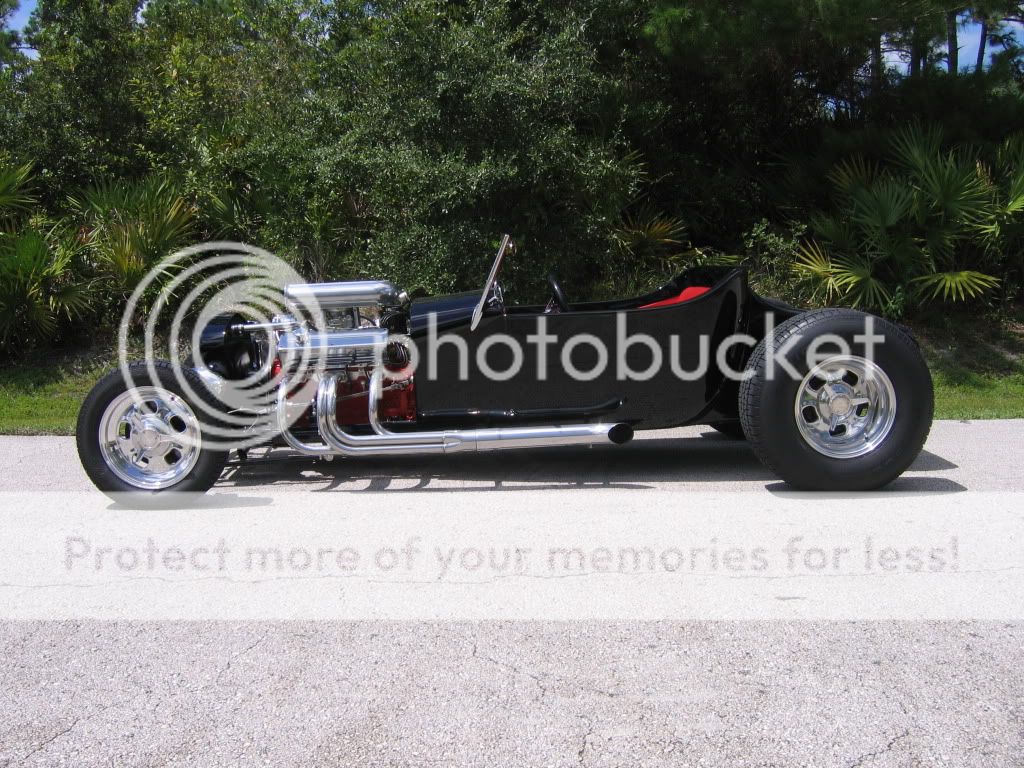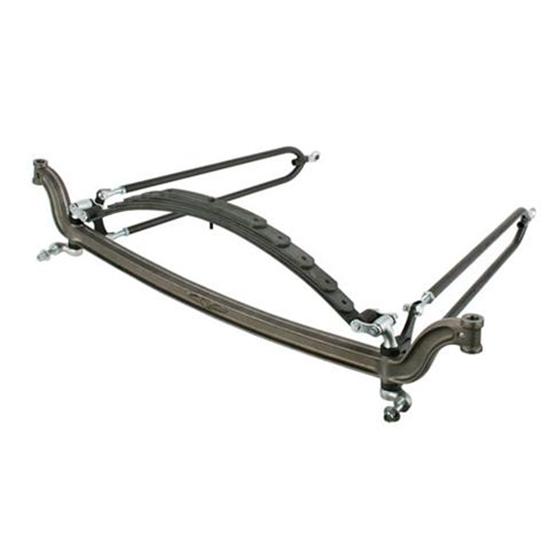There's a pretty good chance that I'm going to have to chuck all the acquisitions and plans I had for my pedal and master cylinder set up. My joint issues have progressed to the point that having a hand control at least for the brakes has gone from "probably someday" to necessary now. All of the off-the shelf hand control systems I've found, and sites for installers of those systems, say power brakes are mandatory. This means that my manual dual master cylinders setup will not work.
Up front, I do not want to go to the cost and complexity of hydraulic or electric boost. Also, I do not want to go to a firewall mounted booster set up...The booster and master would look almost as big as my little V6...LOL.
It's looking like the best compromise of cost and simplicity is going to be what I've been trying to avoid...an under floor system. Or in this case, a semi under floor system. The bottom of my frame rails will only be about 6" off the ground, so I do not want anything hanging below the rails. That means the top 1/3 of the booster and the top of the master will be above floor level. To squeeze the linkage between the pedal and the booster over the transmission crossmember, the pedal pivot will have to be at floor level. All of this adds up to all the bracketry and pedal assembly having to be custom made, as far as I know...which generally is not very far. If anyone knows of any off the shelf bracketry and/or pedal assemblies that may help, please let me know.
Up front, I do not want to go to the cost and complexity of hydraulic or electric boost. Also, I do not want to go to a firewall mounted booster set up...The booster and master would look almost as big as my little V6...LOL.
It's looking like the best compromise of cost and simplicity is going to be what I've been trying to avoid...an under floor system. Or in this case, a semi under floor system. The bottom of my frame rails will only be about 6" off the ground, so I do not want anything hanging below the rails. That means the top 1/3 of the booster and the top of the master will be above floor level. To squeeze the linkage between the pedal and the booster over the transmission crossmember, the pedal pivot will have to be at floor level. All of this adds up to all the bracketry and pedal assembly having to be custom made, as far as I know...which generally is not very far. If anyone knows of any off the shelf bracketry and/or pedal assemblies that may help, please let me know.







